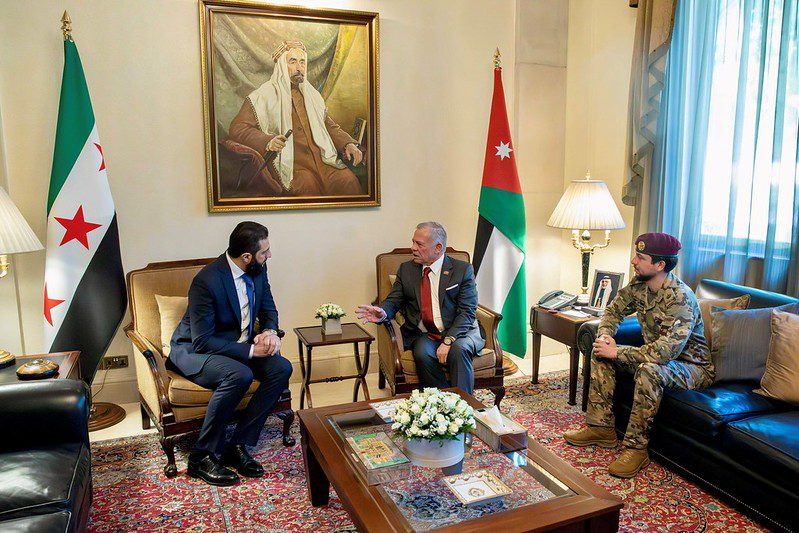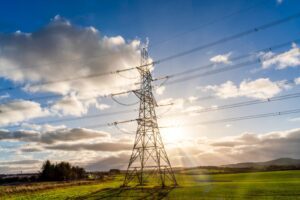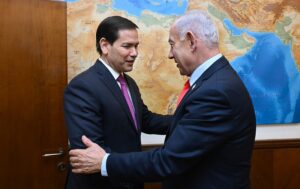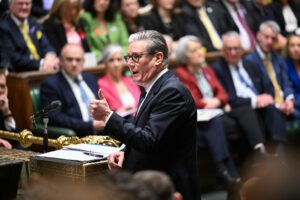Syria is holding parliamentary elections this Sunday for the first time since the fall of Bashar Assad, the country’s longtime autocratic leader, who was unseated in a rapid rebel offensive in December 2024. Today’s election marks a major test for Syria as it attempts to pave a way to peace.
Whilst Syria held regular elections under the Assad regime in which all Syrians could vote, critics widely considered these sham elections. Assad’s Ba’ath Party dominated as opposition was banned or manipulated, with only regime-approved candidates able to run. There was also a lack of oversight, with international monitors excluded and results often predetermined. Voters faced intimidation and surveillance.
Sunday’s election will not be fully democratic either. Most of the People’s Assembly seats will be voted for by electoral colleges in each district, while one-third of the seats will be directly appointed by interim President Ahmad al-Sharaa.
How will the new system operate?
The People’s Assembly has 210 seats, of which two-thirds will be elected by electoral colleges and one-third appointed by President al-Sharaa. The elected seats will be chosen by each district’s electoral college, determined by population size.
Around 6,000 electoral college members will vote in 50 districts for approximately 120 seats. Syria’s urban centres are situated in the largest districts. Aleppo has one district containing 700 electoral college members who will vote to fill 14 seats, followed by Damascus, with 500 members voting for 10 seats.
However, it won’t be parties competing for the seats, it will be individuals running as independents. Since Assad’s regime collapsed, the interim authorities dissolved all existing political parties, as most were closely associated with the Assad government. There still remains no system for new parties to register.
Some districts have had their elections postponed due to instability and tensions. Sweida province, as well as areas in the northeast controlled by the Kurdish-led Syrian Democratic Forces, have been indefinitely postponed due to tensions between local authorities in those areas and the central government in Damascus. The seats will still be available but will remain vacant until elections can take place.
Why won’t citizens get the chance to vote directly?
The interim authorities have said that millions of civilians were internally or externally displaced by the country’s civil war, and many have lost personal documents, making it impossible to create an accurate voter registry.
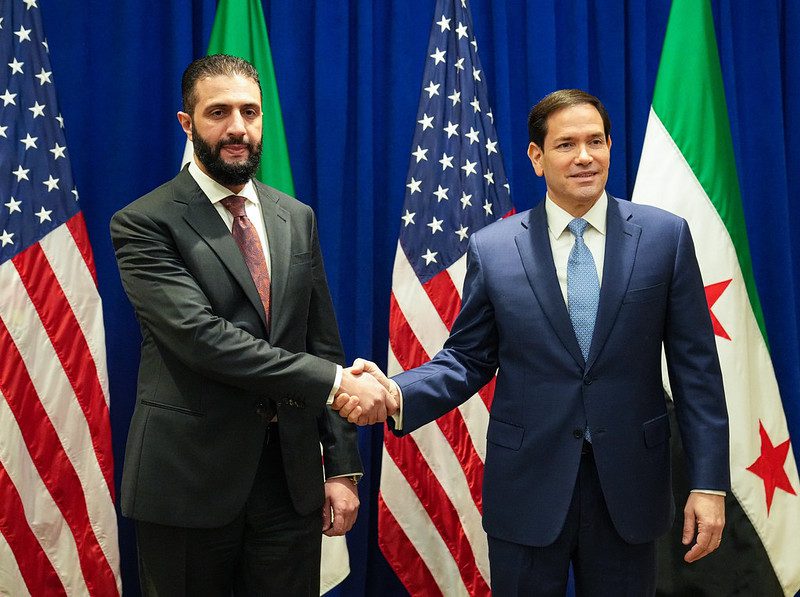
Image: Secretary Marco Rubio meets with Syrian President Ahmed al-Sharaa in New York City – US State Department / Freddie Everett
This parliament will have a 30-month term, which is supposed to provide the government sufficient time to prepare the infrastructure and the country for a popular vote by April 2028.
There has been widespread debate over whether the lack of popular vote is undemocratic. However, others have argued that the government’s reasons are legitimate. Haid Haid, a senior research fellow at the Arab Reform Initiative and Chatham House, said that the more concerning issue is the lack of clear criteria under which electors were selected.
“Especially when it comes to choosing the subcommittees and the electoral colleges, there is no oversight, and the whole process is sort of potentially vulnerable to manipulation,” he said.
The importance of representation in a deeply multicultural society
There is no set quota for representation of women and religious or ethnic minorities in the parliament. The exclusion of the Druze-majority Sweida province and Kurdish-controlled areas in the northeast, as well as the lack of set quotas for minorities, has raised questions about the representation of communities not part of the Sunni Arab national identity.
This is a particularly sensitive issue amid a fragile security situation. Outbreaks of sectarian violence in recent months have seen hundreds of civilians from the Alawite and Druze minorities killed, many of them by government-affiliated fighters.
Benjamin Feve, a senior research analyst, noted that electoral districts had been drawn in such a way as to create minority-majority districts. “What the government could have done if it wanted to limit the number of minorities, it could have merged these districts or these localities with majority Sunni Muslim districts,” he said. “They could have basically drowned the minorities, which is what they didn’t do.”
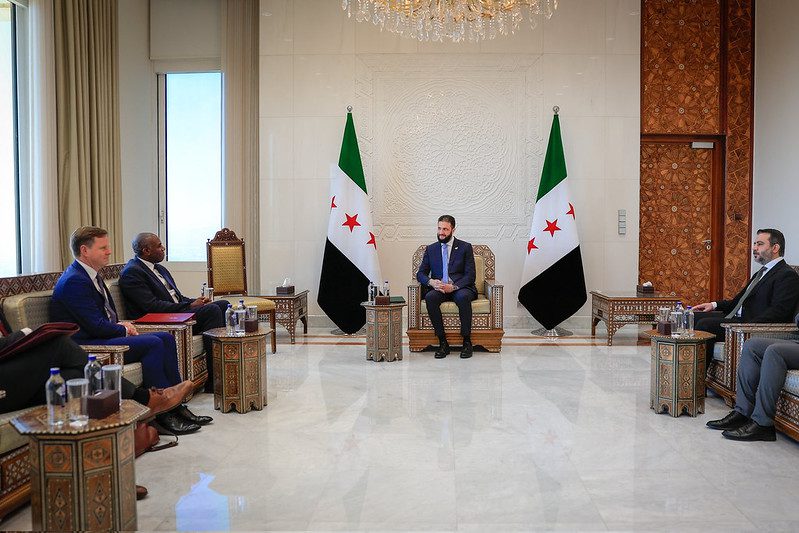
Image: Foreign Secretary David Lammy meets with Syrian President Al-Sharaa – FCDO/Government of Syria
The Head of the National Elections Committee, Mohammed Taha al-Ahmad, reported that women made up 14% of the 1,578 candidates who made it to the final list. In some districts this percentage is stronger, with women making up 30% or 40% of all candidates, while in others, there are no female candidates.
All eyes will also be on the fact that one-third of parliament will be directly appointed by al-Sharaa as a mechanism to “ensure improvement in the inclusivity of the legislative body,” Haid said. The idea is that if few women or minorities are elected by the electoral colleges, the president would include a higher percentage in his picks.
Haid said that even if al-Sharaa appoints legislators from those areas, the lack of representation of Sweida and the northeast remains problematic. “The dispute between the de facto authorities and Damascus over their participation in the political will remains a major issue,” he added.
What happened on election day?
Sunday’s vote proceeded with heightened security and oversight measures, marking a departure from the often predetermined outcomes of the Assad era. Turnout among electoral college members was high, with the process conducted under observation from legal monitors and media, a contrast to previous elections under Assad’s surveillance state.
Early results indicate shifts in Syria’s political landscape, with candidates from diverse backgrounds winning seats even in traditionally pro-Assad regions. However, the absence of representation from Sweida and Kurdish-controlled areas means significant portions of the population remain excluded.
The newly elected assembly now faces the challenge of drafting a new constitution and electoral framework within its 30-month mandate. Its legitimacy will ultimately depend on whether it can deliver inclusive governance and pave the way for genuine democratic elections by 2028. This election represents an imperfect but potentially consequential first step towards rebuilding Syria’s political institutions after decades of authoritarian rule.
Featured Image via Royal Hashemite Court (RHC)

